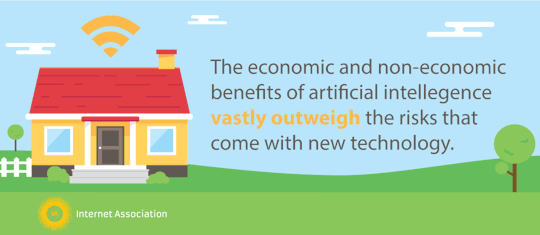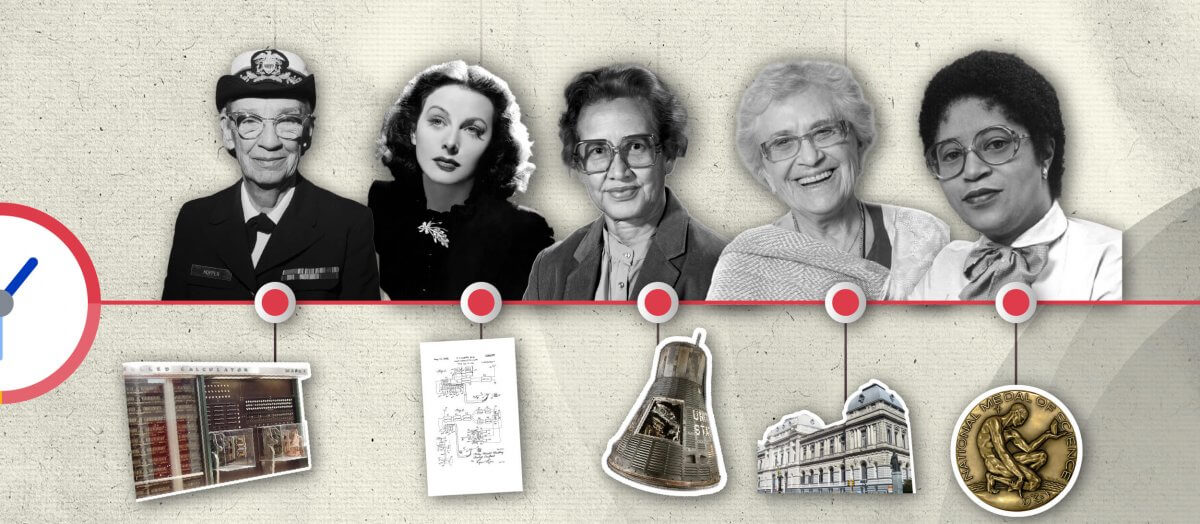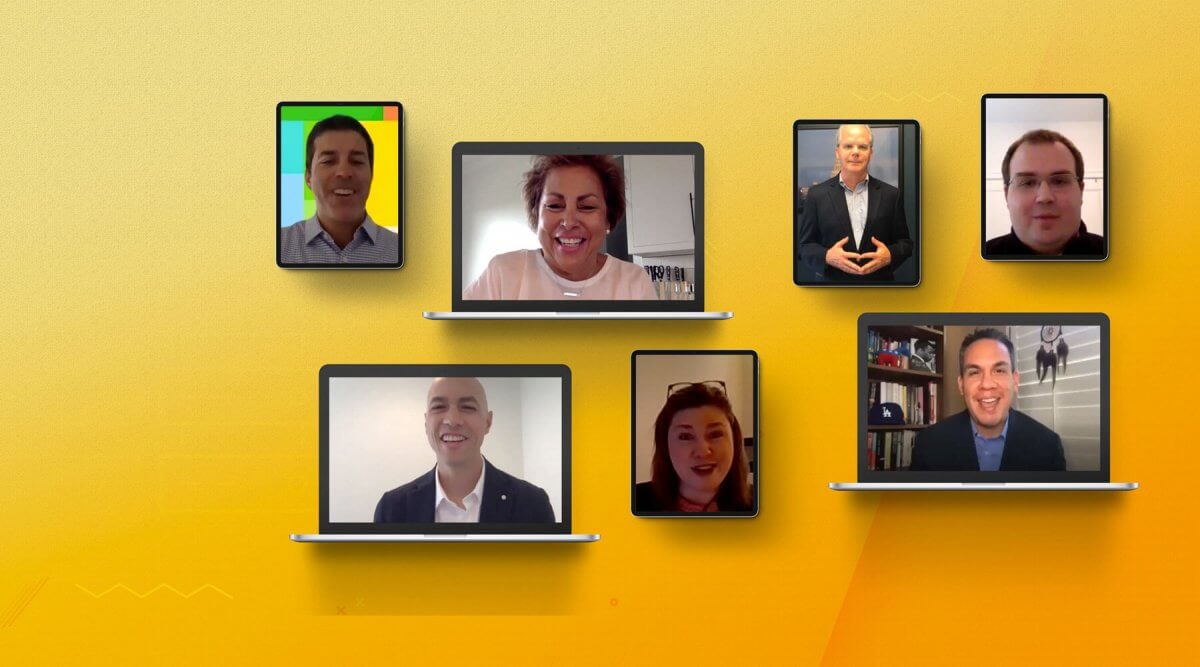
The pivotal scene in Artificial Intelligence (AI) movies is almost always the Turing Test, when a human meets a robot and tests whether they pass as human. Whether it’s Haley Joel Osment in AI, Robin Williams as the Bicentennial Man, or most recently, Ava in Ex Machina, the Turing Test is the critical turning point. But in the real world, AI’s success does not hinge on a single moment or test, but hundreds of millions of tests happening constantly around the world.
Are cars parking, braking, and driving like – or better than – humans? Can IBM’s Watson diagnose and even recommend treatment like a doctor? Was this blog post written by a person or Automated Insights, an AI service that the Associated Press employs to cover thousands of earnings reports in real-time?
These examples are transformative at an economy-wide level, but AI has existed as a field for more than 50 years. Researchers and developers are constantly creating intelligent machines that can react and work like humans, helping to save time while allowing us to focus our energy on other tasks. Even things we take for granted are AI-driven, such as Google Now, Spotify Recommendations, Nest, and Amazon purchase prediction. And more is on the way, thanks in large part to the internet and many of our member companies. For example, Amazon’s Science team, eBay’s Expertmaker structured data team, Facebook’s AI Research Lab, and Google’s cross-company AI research team are all leading advancements in AI in the internet community.
As LinkedIn co-founder Reid Hoffman explained at last year’s Virtuous Circle Conference, AI presents us with incredible opportunities for advancement in any number of fields, from handling everyday tasks like making sure your grocery list is up to date while a driverless car takes you to the supermarket, to ensuring patients facing serious medical conditions receive the proper diagnosis and treatment.
The technologies that arise from AI will lead to improved economic outcomes around the world.
The Analysis Group predicts that AI will generate between $1.49 trillion and $2.95 trillion in global economic activity over the next 10 years, and future applications of AI could protect consumer fraud and reduce recidivism rates.
But advancements in AI would not be possible without the dedication of resources from firms who seek to realize its full potential. Increasingly, companies are looking to harness AI for the benefit of consumers, as evidenced by the 750 percent increase in total private sector investment in AI between 2010 ($1.7 billion invested) and 2014 ($14.9 billion invested).
In order to ensure these developments continue, policymakers must embrace predictable frameworks that foster investment in AI. While you might assume new AI technologies require new approaches to policy, history shows us we need the opposite.
The recent rise of technological advancements like mobile payments and the Internet of Things, among others, proves the Federal Trade Commission’s (FTC) existing “common law of privacy” approach, developed over the past 20 years to protect consumer privacy and data, can be applied to new technologies in relatively seamless fashion. U.S. policymakers have found previous success through this approach; there is little reason to think the same approach couldn’t be applied and adapted successfully to AI. Beyond privacy and data security, new AI regulations should only be adopted if absolutely necessary, and should be narrowly tailored to fill in critical gaps that may arise from unforeseen developments in AI.
When we submitted comments to the White House Office of Science and Technology Policy outlining the role of government in regulating and supporting the development of AI technology, we did so with the goal of articulating how government should seek to effectively balance the risks and rewards of AI while ensuring the best outcome for society as a whole.
The government already plays an important role in helping AI achieve its full potential both at home and abroad.
Looking ahead, government can support AI domestically by increasing support for STEM education programs that train the next generation of AI engineers. Shifting the focus abroad, sophisticated economic diplomacy can help promote technology-friendly policies around the world. By working with other countries, policymakers can help ensure researchers from around the world can collaborate on the development of AI.
The economic and non-economic benefits of AI vastly outweigh the risks that come with new technology. That’s why it is critically important we get this right from a policy standpoint. If properly regulated, the utility from AI will far outweigh any risks. In an age when data is king, we are now equipped with more information and evidence to credibly support those policy approaches that work, and avoid those that don’t.
And with the dissemination of AI, our data retention and utilization abilities will only increase, creating a positive feedback loop of better information and better decision-making. Successful AI policies will maximize the net returns for society on the investments that have already been made and, simultaneously, avoid chilling future investments in AI by researchers and companies.
We currently find ourselves at a critical, but incredibly exciting, juncture in the history of AI. Our members and the internet community remain upbeat about finally reaching the point where we can realize AI’s potential, not just in our favorite movies, but in our everyday lives. If regulated properly, AI has the potential to benefit society like the internet has over the past three decades.
The future is now for AI, and we can’t wait to see what it holds.











